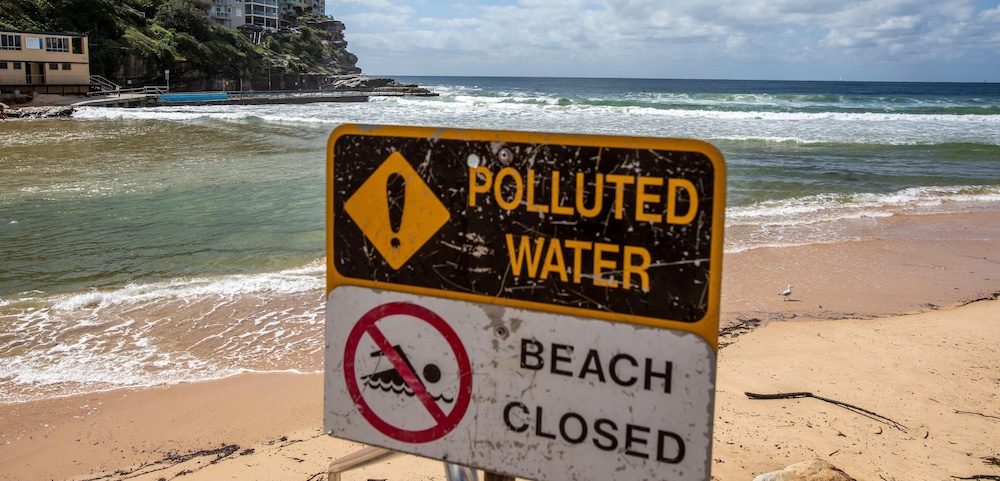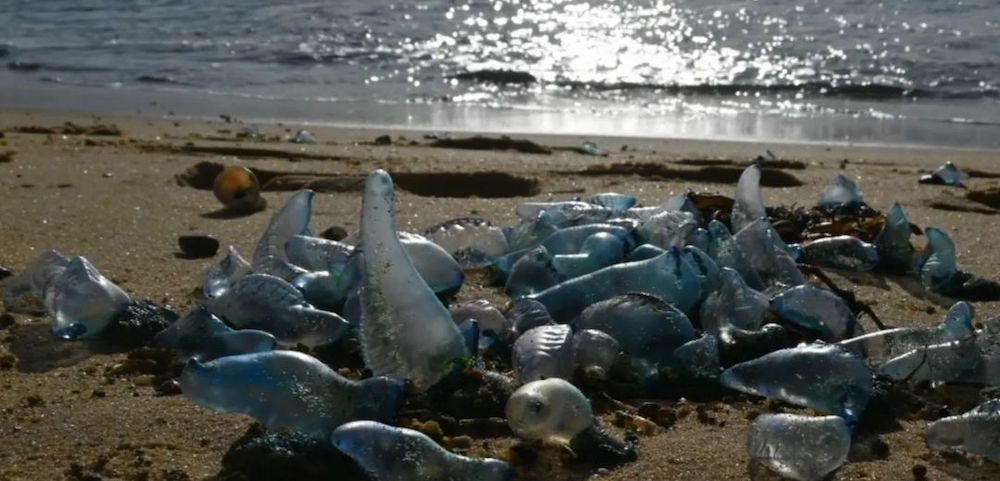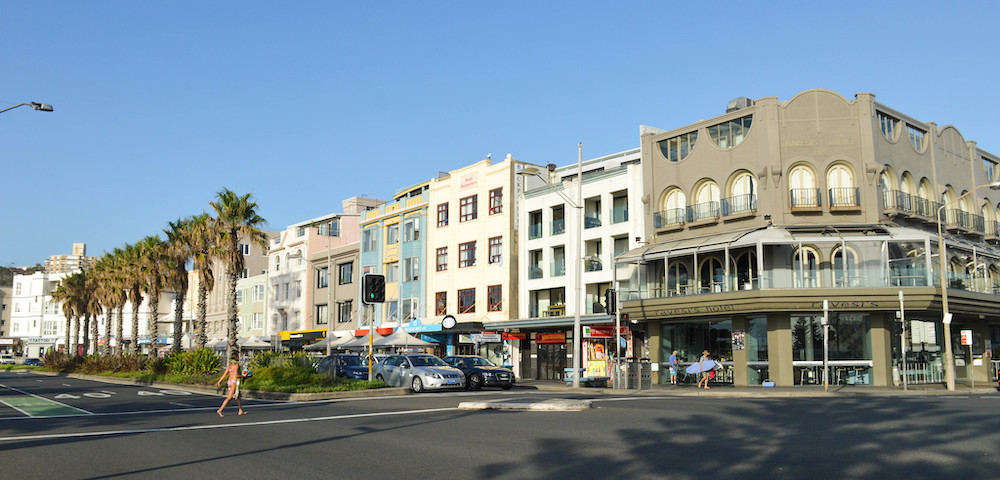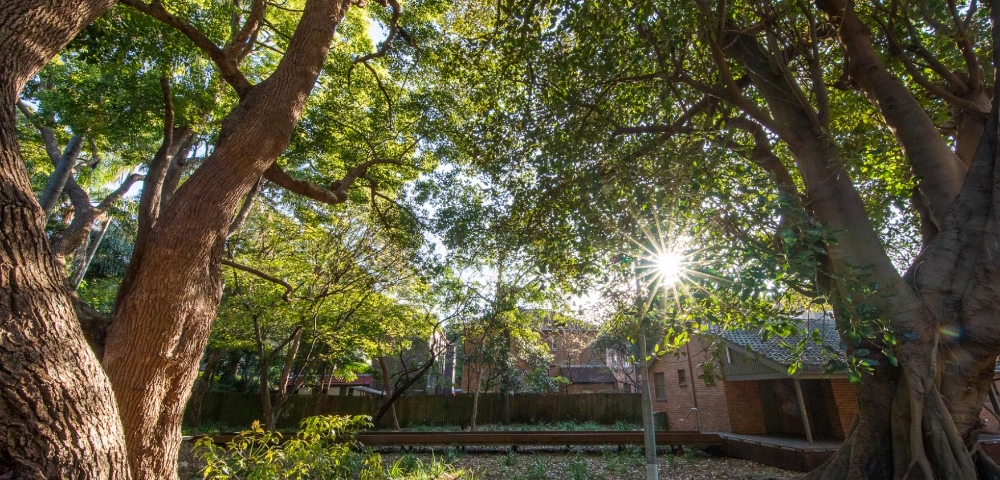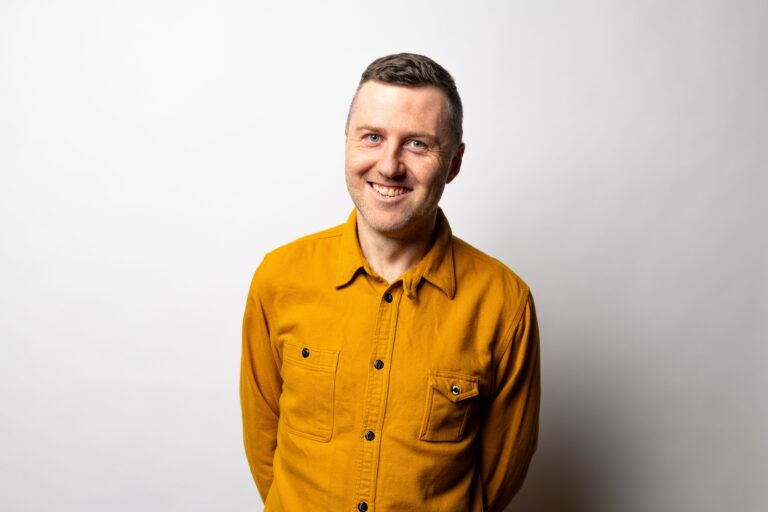
Ratepayers face increase to fund infrastructure improvements
The nine-odd square kilometres of Waverley Council encompass no small part of Sydney’s history – but part of that history is coming home to roost, with Council currently in the midst of planning its funding arrangements out to 2022.
And the diagnosis? Ratepayers will need to stump up more – although the good news is, they do get a say in the process.
“We are where we through a quirk of history, in that the Council back in 1974 decided not to increase rates,” said Mayor Sally Betts. “Some years ago, when we had the opportunity to put the parking meters in and understood there would be some revenue coming in, I had advocated the revenue go towards maintenance. I didn’t get that through, but regardless, what then happened was that we increased our services.
Cr Betts said that, over the next 12 years, the cost of providing existing Council services was projected to rise by 50 per cent, but overall income from existing sources was set to rise by only 31 per cent. This requires Council to find an additional $125 million for existing services, and a further $99 million to enhance service levels over the next 12 years.
“The difficulty for Council is that every increased service is appreciated by somebody or other in the community – to now say that we shouldn’t have those services is quite difficult,” she said. “But in the meantime, there has been no money spent on our infrastructure over the last 20 years, which leaves us in a very precarious position.”
Director of Council’s Corporate and Technical Services, Bronwyn Kelly, said Council was considering a special rate increase, but emphasised the anticipated shortfall was not a result of financial mismanagement. “We’ve reached a point where we’re so dependent on variable sources of income that rates are now only funding 28 per cent of our services, and ideally we would like to have that figure at 50 per cent. But the net result is that our most reliable source of income, rates, are losing their value, and we’re not able to guarantee continuity of service [without structural adjustment].”
Ms Kelly said increases from variable sources of income, such as parking, would not be sufficient to bridge the gap. “To rely on parking revenue, we would need to triple the amount of revenue from that source – it’s just not going to happen,” she said.
To resolve the shortfall, the community would be asked to consider whether they would like small, incremental rate raises over seven years, Ms Kelly said. “If the community did agree to do that, we would not, at the end of 10 years, have 50 per cent of services funded by rates – it would be more like 40 per cent,” she said. “So we still wouldn’t have nice, secure service continuity, but it would be easier on the residents.”
A motion to recognise the projected funding shortfall and address it via community consultation was carried at the July ordinary meeting, although Labor councillor John Wakefield and Greens councillor Dominic Wy Kanak voted against the motion, arguing the language in the original papers was not conducive to a consultative process.
“Broadly, what we were trying to achieve [with the amendments] was just to make sure the language that was getting used to couch the consultation process with the community, didn’t presuppose a rates rise,” said Cr Kanak. “I think Council can still have a look at its own efficiencies, and explore more innovative ways to manage its own fees and charges, so that a rate rise might be avoided.”
by Shant Fabricatorian






